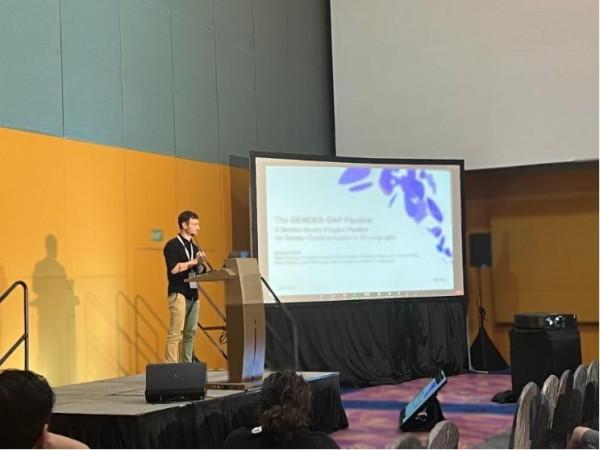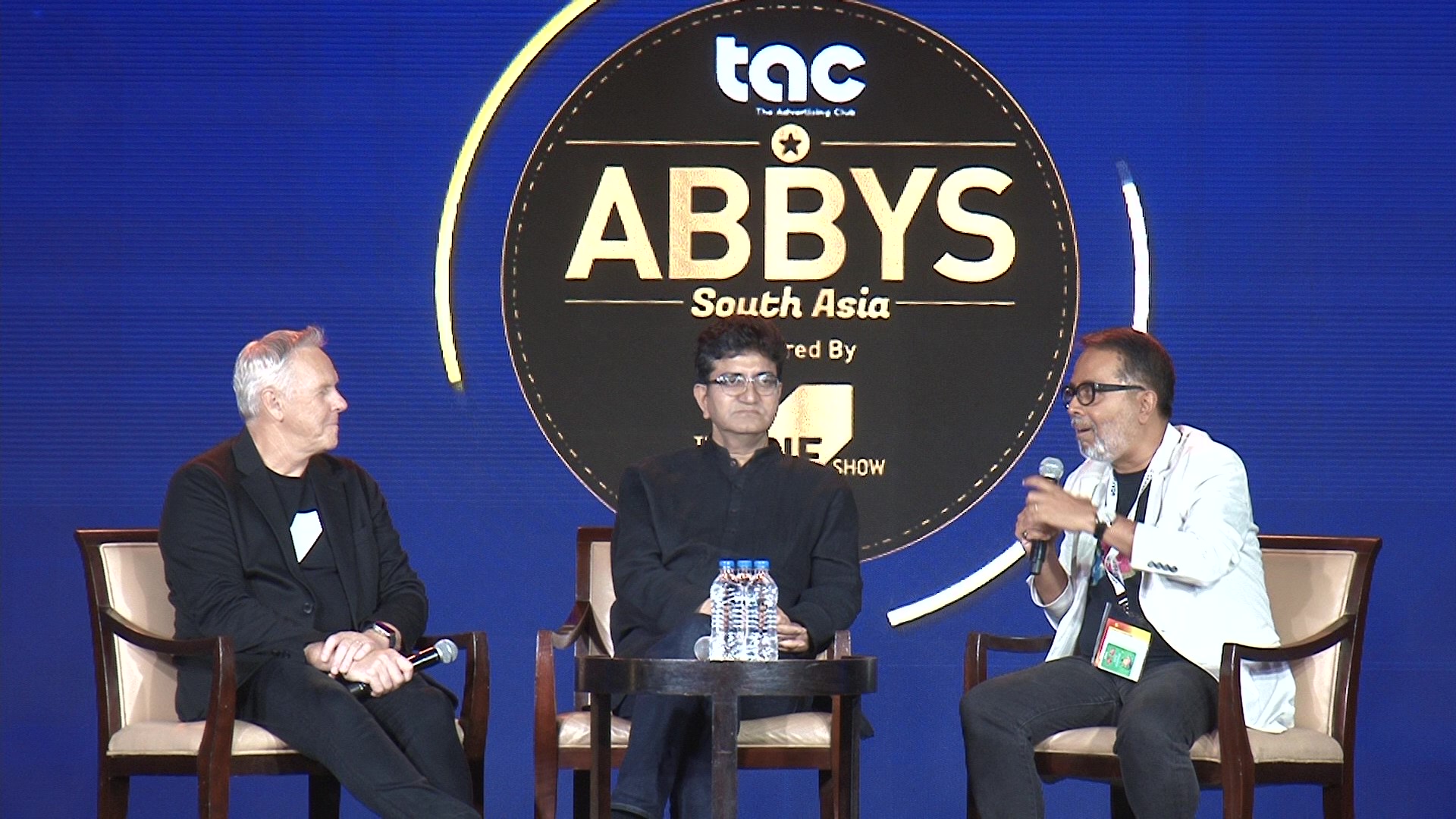
In this insightful conversation with EVreporter, Sumedh Battewar, Co-Founder & Chief Business Officer of EMotorad, discusses the dynamics of India’s burgeoning e-cycle market and the brand’s strategies for domestic and international growth.
Can you give us an overview of the e-cycle market in India? How big is the overall market at present, and what kind of overall volumes does it see?
The e-cycle market is the fastest-growing segment within the EV space, with global sales surpassing electric cars and scooters. Valued at $1.2 billion in India, this market is expanding at a CAGR of 9.94%, with a projected 50% increase in manufacturing capacity by 2026. While global adoption is mature, India is catching up quickly, particularly in Tier 1 cities like Delhi, Mumbai, and Bangalore, where demand has seen double-digit growth annually.
At EMotorad, we’re at the forefront of this shift, holding over 75% market share in India. Our network of 600+ offline dealers and 12 experience stores ensures widespread access. By combining innovative products with a focus on community education and sustainability, we’re not just riding the wave of growth—we’re leading it.

Since you started in 2020, what trends have you observed in the acceptability and adoption of e-cycles in India?
When we launched in 2020, the concept of e-cycles was still unfamiliar to most Indian consumers. Many were hesitant to invest in what they saw as an expensive cycle. Our initial focus was on education—explaining what an e-cycle is, how throttle and pedal-assist work, and why it’s a game-changer. We introduced India’s first dual-suspension e-cycle, the EMX, and the response was overwhelmingly positive. But mass adoption required accessibility, so we developed the budget-friendly X-Factor range, which made e-cycles mainstream in India.
Customer feedback has been our biggest teacher. We addressed pain points like battery charging by introducing removable batteries, ensuring convenience for urban users. Concerns about theft led us to enhance safety features, while insights on road conditions pushed us to adapt our tyres and switch to lightweight frame materials. Every product iteration reflects our commitment to solving real-world problems, making e-cycles more practical, secure, and enjoyable for everyone.
What are the target customer profiles for EMotorad?
E-cycles are incredibly versatile, appealing to a broad demographic across all age groups and genders—kids, parents, and even grandparents. Their battery and throttle features make them ideal for micro-mobility, particularly in Tier 1 and Tier 2 cities where traffic congestion is a daily challenge. We see significant adoption in cities like Pune, Mumbai, and Bangalore, where e-cycles are used for short commutes and running errands. Additionally, fitness enthusiasts form a growing segment, as do students and residents in areas with less developed local transport, who value e-cycles as a cost-effective means of travel.
We’ve developed two distinct ranges to cater to this diverse customer base. Our premium Desire range includes models like the Doodle (a fat-tyred foldable e-cycle), EMX (dual-suspension), and T-Rex (high-performance). Meanwhile, the X-Factor range offers budget-friendly options, ensuring there’s an e-cycle for every rider, regardless of their needs or budget.
What kind of market share do you have in the domestic e-cycle market?
We currently hold over 75% of the domestic e-cycle market share. To keep pace with the surging demand, we’re ramping up our manufacturing capacity, expanding our after-sales service teams, and strengthening our distribution network. We aim to ensure that EMotorad’s products are accessible to every corner of the market, delivering quality and innovation to an ever-growing customer base.
Please share about EMotorad’s sales performance in the current financial year vs last year.
This year has been our strongest yet. We surpassed our entire FY24 sales in India within the first half of FY25, and we’re on track to achieve over 200% year-on-year growth in the domestic market. September 2024 was a milestone for us, recording the highest single-month revenue in India—exceeding our total domestic sales for FY23. This performance underscores the growing demand for e-cycles and the success of our strategic initiatives.

Please tell us about your export strategy.
Currently, 30% of our sales come from the domestic market, while 70% are from international markets, where we operate primarily through white-labelled partnerships. Our export strategy is straightforward yet highly effective: we’re leveraging the global shift towards a supply chain model, positioning ourselves as a reliable alternative to traditional exporters. This has opened up significant opportunities for EMotorad, especially with large-format retailers, specialised e-bike brands, and mobility solution providers.
We focus on fostering strong partnerships by collaborating closely with these players to develop innovative, high-quality products tailored to their markets. We’re not just exporting e-bikes—we’re building enduring relationships and co-creating solutions that meet the diverse needs of global consumers. This approach has enabled us to establish a strong foothold in international markets, ensuring long-term growth and mutual success. Our gigafactory is pivotal in meeting the surging global demand and driving EMotorad’s export strategy. By bringing manufacturing in-house, we gain greater control over quality and streamline our supply chain, ensuring consistent, high-standard products that meet the expectations of our international partners.
Within the domestic market, what is the trend toward offline sales vs. online sales of your e-cycles? Also, tell us about your offline presence and the distribution you have set up.
In the domestic market, 85% of our e-cycle sales come from offline channels, with 15% from online. This reflects a strong preference for hands-on, in-person experiences where customers can test-ride and evaluate our products.
To meet this demand, we’ve built a robust offline presence with over 600 distributors nationwide, covering nearly all major pin codes. Combined with our 12 exclusive EMotorad experience stores, we ensure easy access and top-notch service for our customers nationwide.
Which state governments are offering incentives for e-cycles, and how important do you think these subsidies are?
While several state governments offer EV subsidies, few focus on e-cycles. That said, the push for EV adoption over the past few years has been significant, with governments investing time and resources to promote sustainable alternatives to traditional commuting. These subsidies are critical in building trust and driving mass adoption, especially for concepts still new to the average consumer.
These incentives make e-cycles more accessible by lowering the upfront cost and encouraging a broader audience to embrace eco-friendly transportation.
Please tell us about your upcoming manufacturing set-up.

Our upcoming gigafactory is a transformative project designed to boost our manufacturing capabilities significantly. It’s divided into four phases, each aiming to scale our production capacity and enhance self-reliance.
Phase 1 focuses on in-house manufacturing of key components such as motors, batteries, chargers, and displays, with an initial production capacity of 500,000 e-cycles annually across six assembly lines. Phase 2 will expand this further by adding in-house frame manufacturing and two additional assembly lines. Phase 3 will bring in mechanical component production with multipurpose units. Phase 4, still a few years away, will depend on market demand and the productivity of earlier phases, but it’s expected to boost our overall capacity substantially. We anticipate this final phase to exceed even our current ambitious projections.
How much investment has EMotorad raised to date?
We have raised nearly USD 25M to date.
MS Dhoni is an investor in Emotorad. How did he come on board, and how has your experience been working with him?
We were at a stage where we needed a brand face—someone who truly embodied our values and ethos. MS Dhoni was the perfect fit. He’s a national icon, known for his trustworthiness and integrity, resonating with people across every region, transcending language and cultural barriers. His passion for bikes made the partnership even more seamless.
Working with him has been an absolute honour and a surreal experience. Beyond being a legendary athlete, he’s a sharp investor and astute businessman. His insights and commitment have added immense value to our journey, helping us drive the EMotorad brand forward in ways that align perfectly with our vision.
Also read: How electric cycles can revolutionise last-mile delivery economics | Opinion
Subscribe & Stay Informed
Subscribe today for free and stay on top of latest developments in EV domain.





